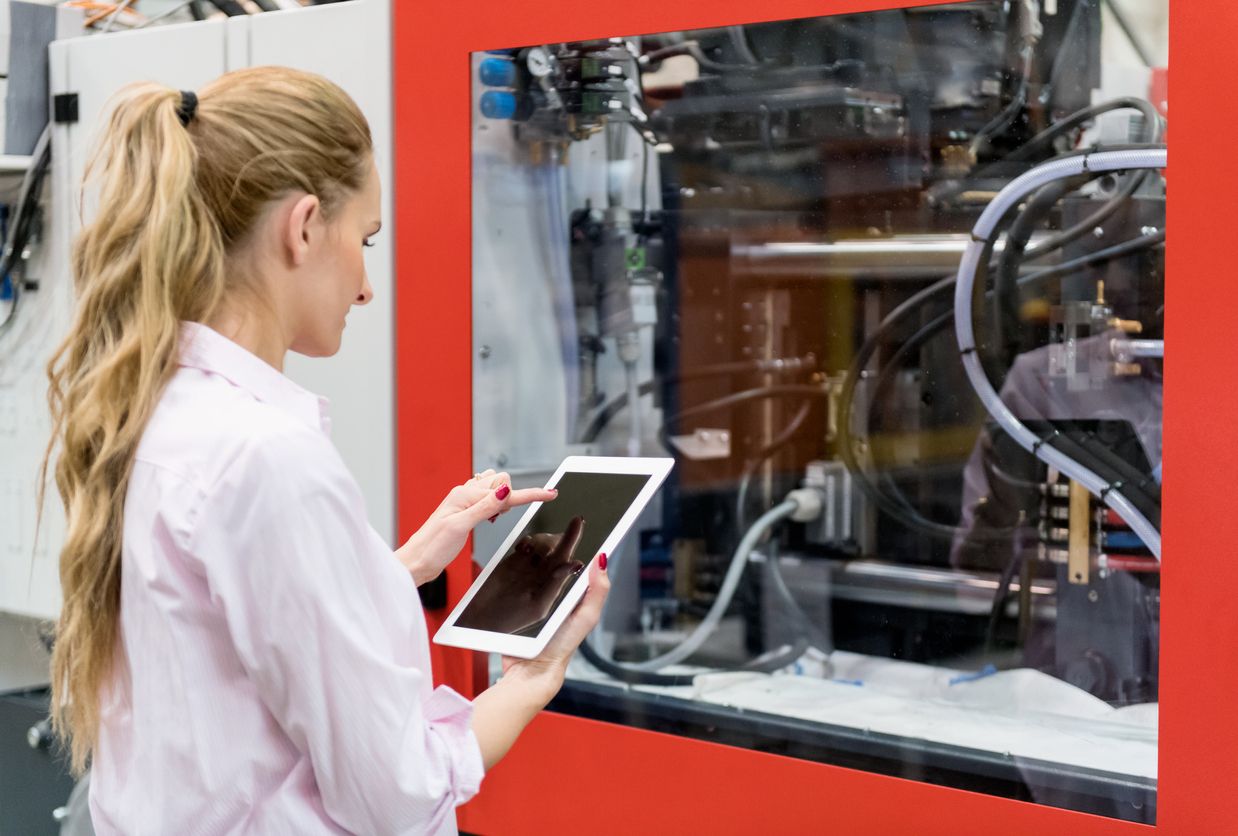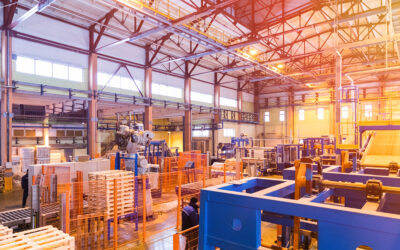Once upon a time, industrial maintenance was a primarily reactive business. Maintenance engineers were on hand to respond to problems. Mechanical slowdown? Electrical failure? Production bottleneck? Falling levels of consumables like oils or water? Overheating?
Whatever the problem, once it was highlighted, the maintenance team stepped in to respond – a response that might necessarily begin with a process to identify exactly where and what the issue was, and might necessarily end with a large repair or even replacement job, rather than a ‘quick fix’.
Then it became clear that planned maintenance was a cost-effective way of maintaining equipment. Original Equipment Manufacturers linked the planned maintenance to their claims as a way of securing warranties. This was timed in at the traditional factory shutdowns and involved the replacement of expensive parts and bearings whether they needed the change or not.
In many organisations, part or even the entire hardware maintenance programme still works in this way. But the Internet of Things (IoT) is starting to change all that.
In industrial settings, the IoT (or Industrial IoT – IIoT) refers to the connecting up of previously disparate pieces of hardware, from simple sensors to complex manufacturing plant, via digital communications technologies. For the first time, industrial machines on different control systems and protocols can cost effectively ‘talk’ directly to each other – and connect back to a centralised, sometimes cloud-based system that analyses all that data and provides it to the different roles in the facility and management team with clear, easily digestible information as to the performance of different machines and the status of the assets.
In turn, this is transforming how industrial maintenance takes place. Organisations are shifting from purely reactive and preventative maintenance to proactive maintenance – and in turn, driving efficiencies, maximising the useful lifespan of their physical assets while still avoiding costly shutdowns.
Let’s imagine a machine that is part of a manufacturing production line. It’s a fairly complex piece of machinery in itself, and it’s also part of a complex production chain. A reactive maintenance approach involves keeping an eye on the machine until it isn’t performing quite as it should, then going in to investigate. Such investigations will probably involving shutting down the machine, and therefore holding up the entire production line. A repair or replacement occurs, and then everything starts again.
A proactive, IIoT-powered approach to maintenance means that that machine continually, in real-time, reports its key maintenance data straight into a piece of software. That data could include temperature, oil levels, wear and tear, number of actions completed – anything! It will vary from machine to machine, from production line to production line.
The software, thanks to machine learning, continuously gets more intelligent and more insightful as to what good looks like and that machine’s maintenance needs – which means that before long, it is able to alert the maintenance engineers as to what should be done – not what needs to be done as a matter of urgency.
And it’s that shift from urgent response to forward-thinking strategy that underpins the transition from reactive to proactive maintenance.
The upshot? Greater process continuity, because machines are less likely to need to be shut down at crucial times – indeed, the analytics engine can even advise on the best, quietest time to carry out proactive maintenance. Longer machine lifespan, because maintenance takes place when problems are small, not hugely damaging. Ultimately, healthier physical assets and a healthier bottom-line.
50% Reduction in MTTR, 33% Increase in Customer Satisfaction and More
Service leaders are using remote monitoring and IoT connectivity to become more efficient, proactive and successful.
- Transform your service department into a revenue-driving leader across the company.
- Solve service issues before they happen with predictive analytics.
- Gain in-depth data on customers’ machine use and tool performance.
- Reduce truck rolls and arm technicians with the right information and the right tools before they go into the field.



